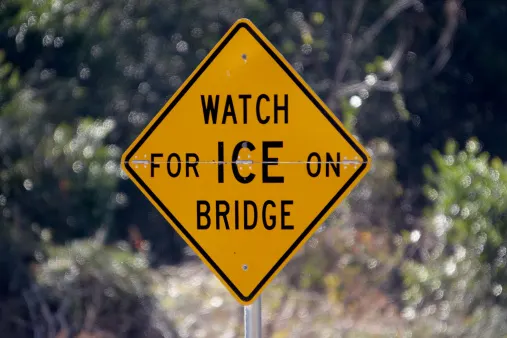
This image is a stark reminder that bridges freeze first
We've all seen the signs -- bridge ices before road -- but you don't usually get the opportunity to see such a clear example of the effect in progress.
These impressive images, taken near Flint, Michigan, on November 7, show how abruptly road conditions can change, with the icy coating marking a sharp barrier at both ends of the bridge.
Though bridges and overpasses are always more prone to freezing than the adjacent roadways, this time of year is prime season for the phenomenon across much of Canada.
After the long warm season, ground temperatures are still near their peak, and heat transfer from the ground to the road's surface tends to help the road stay relatively mild even as overnight temperatures start to dip below freezing.
Bridges don't get that benefit -- in fact, the layer of air beneath them is actually a good insulator serving to keep ground heat away from the bottom of the bridge. Couple that with chilly winds passing above and below the raised road, and you've got a surface much more prone to icing.
The ground's warming effect only works up to a point; as most Canadian drivers are well aware, eventually temperatures get cold enough -- and the soil cools enough -- that all roads are susceptible to icing. But, early in the season, drivers need to remember the dramatic difference only a few metres can make.










